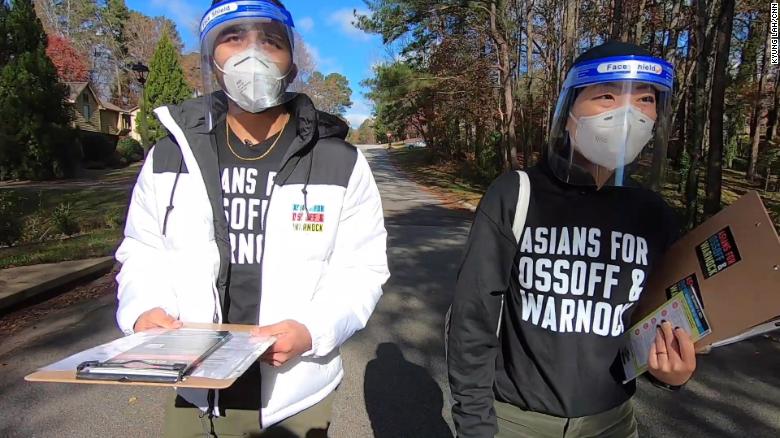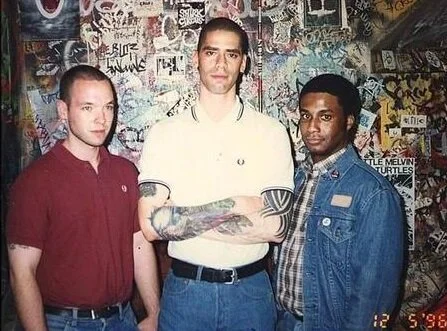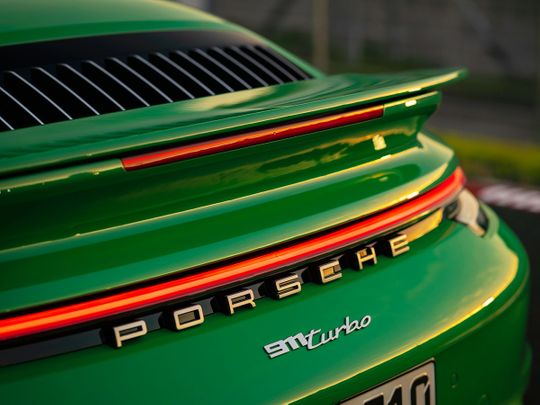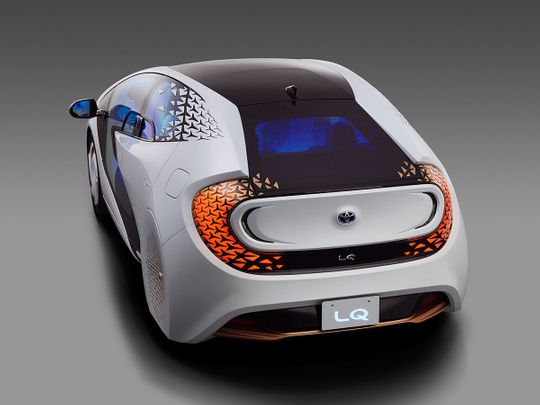Written by
Eoin McSweeney, CNNLondon
A painting of an African ex-slave who became Queen Victoria's goddaughter has been unveiled at Osborne, the seaside home of the former British monarch.
The work, by Hannah Uzor, is part of a series of portraits detailing the lives of previously overlooked Black figures that will be commissioned by the charity English Heritage.

The painting of Bonetta by artist Hannah Uzor (pictured with painting) is on display at Osborne throughout October during Black History Month. Credit: Christopher Ison/English Heritage
It depicts Sarah Forbes Bonetta in her wedding dress and is based on a photograph in the National Portrait Gallery in London. It will be on display in Osborne throughout October, which is Black History Month in the UK.
Bonetta was the daughter of an African ruler who was orphaned and sold into slavery at the age of five, according to English Heritage, which cares for more than 400 historic buildings, monuments and sites.
Originally named Omoba Aina, she was presented as a "diplomatic gift" to a captain of the British navy, Frederick Forbes, and brought to England.
Some months after her arrival in England, Forbes presented Bonetta to Queen Victoria at Windsor Castle. The UK's second longest-serving monarch wrote in her journal in 1851 that Bonetta was "really an intelligent little thing." Forbes described her in the ship's diary as "a perfect genius" with "a great talent for music."
The Queen paid for her education and became her godmother. Bonetta married a Sierra Leone-born merchant, James Davies, in 1862 and their first daughter was named after the monarch, who became her godmother as well.
They remained close throughout Bonetta's life and Victoria continued to follow the progress of her children, whom she met several times. In an 1873 journal entry, Victoria wrote: "Saw Sally Davis' little girl, Victoria who is now 8, & wonderfully like her mother, very black, & with fine eyes."
The grim truth behind Britain's stately homes
When Bonetta died in 1880, the younger Victoria sought comfort from the Queen in Osborne, English Heritage said in a statement on Wednesday.
"Through my art, I'm interested in exploring those forgotten black people in British history, people such as Sarah," said Uzor. "What I find interesting about Sarah is that she challenges our assumptions about the status of black women in Victorian Britain. I was also drawn to her because of the parallels with my own family and my children, who share Sarah's Nigerian heritage."
English Heritage said it plans to display more portraits next spring of other Black figures with links to some of the historic sites under its care. These include Rome's African-born emperor Septimius Severus, who reinforced Hadrian's Wall, and James Chappell, a servant at Kirby Hall, who saved the owner's life.
"These stories reach far back and we're keen to represent their voices too," Anna Eavis, English Heritage's curatorial director, told CNN on Wednesday. "It's important and possible to have visual images act as a vehicle to the many instances in which this island has welcomed or received different cultures."
'Price of blood': Financial London's grim history revealed in new tour
Black history is "part of English history" she added and English Heritage's portrait series is part of research into links between the slave trade and the sites in the charity's care. From 2021, new interpretation at certain sites will emphasize those links.
The news comes after another charity, National Trust, admitted in an interim report in September that 93 historic places in its care have links with colonialism and slavery. Some 26 of English Heritage's properties have links to the slave trade, a 2007 report commissioned by the charity showed.
"The black history of Britain is by its nature a global history," said British historian David Olusoga in his book "Black and British: A Forgotten History," adding: "Yet too often it is seen as being only the history of migration, settlement and community formation in Britain itself."
In an essay he presented on BBC radio last year, he said Bonetta's story was "so remarkable" that he "found it difficult to believe when he first came across it."
Published 7th October 2020













